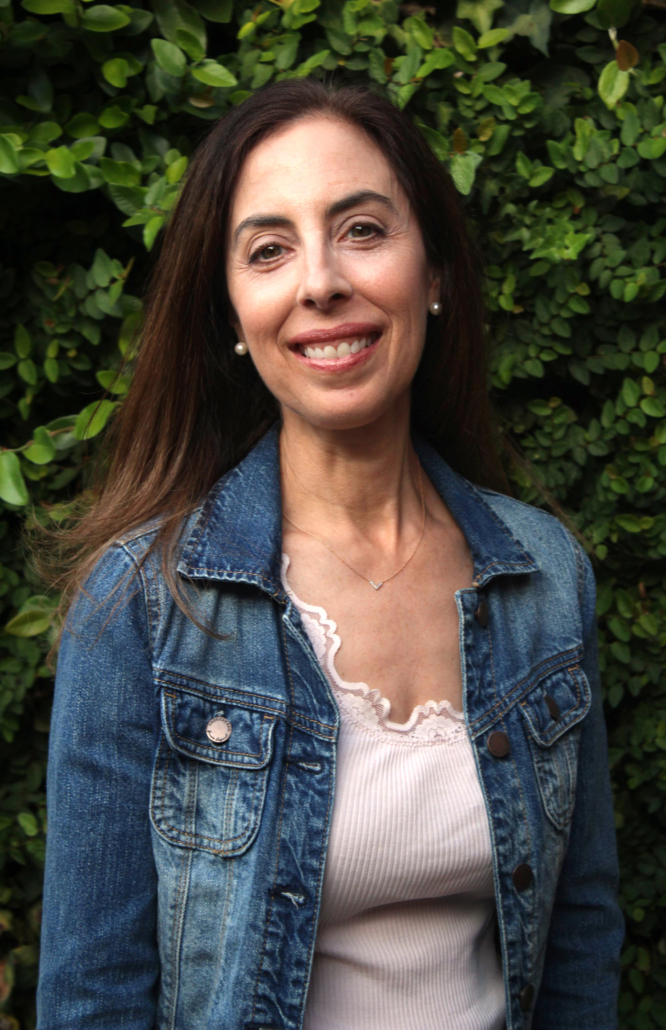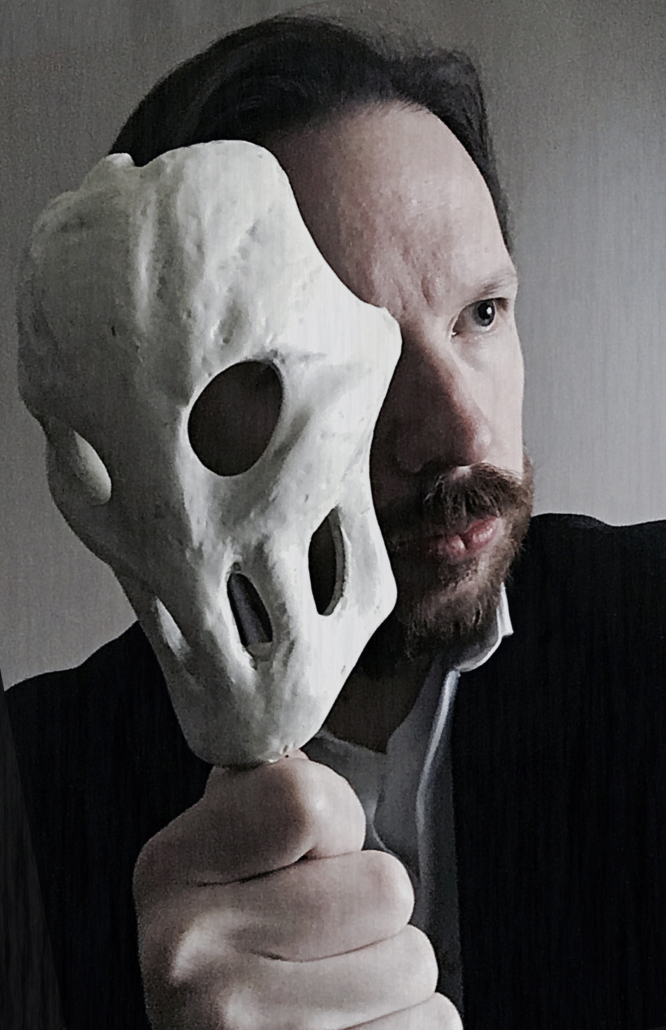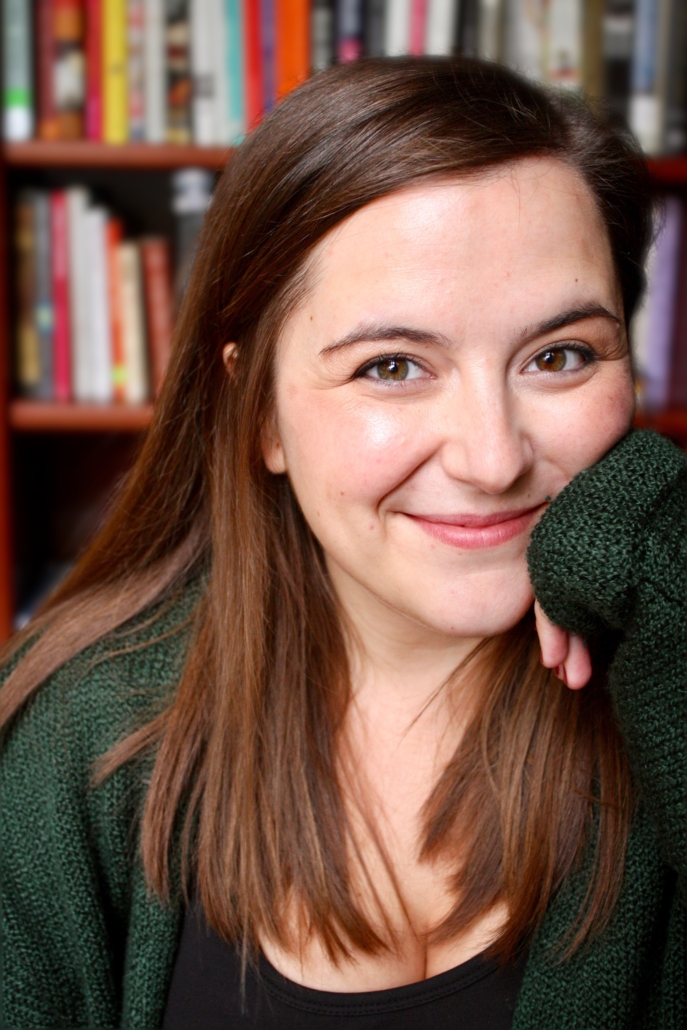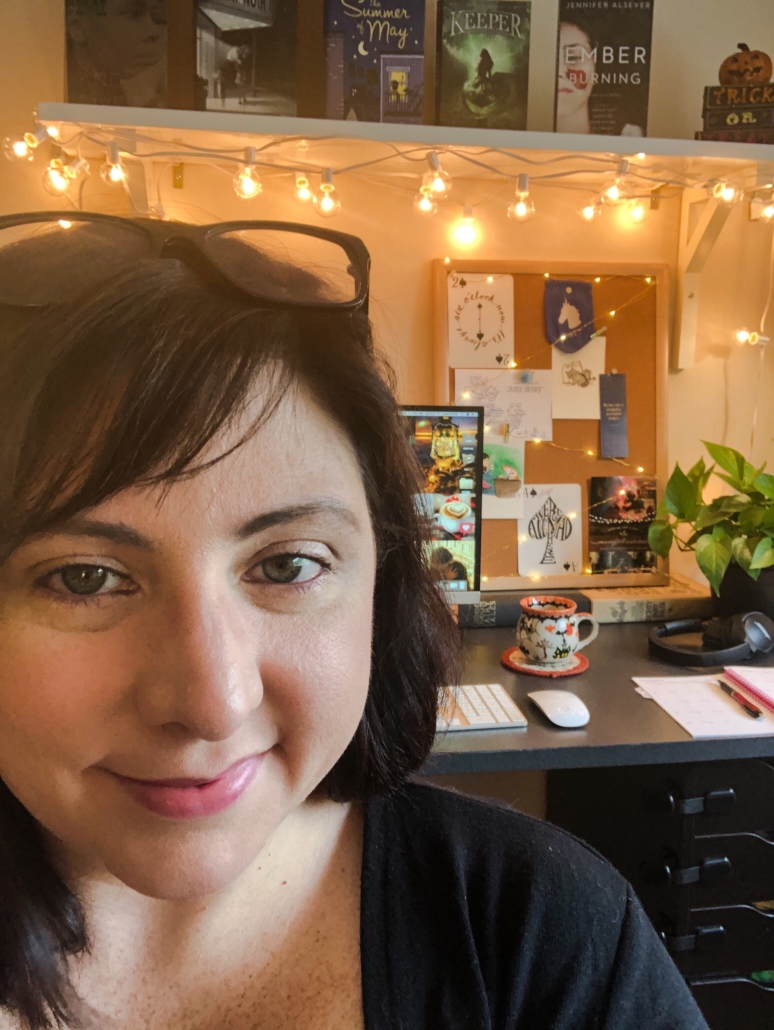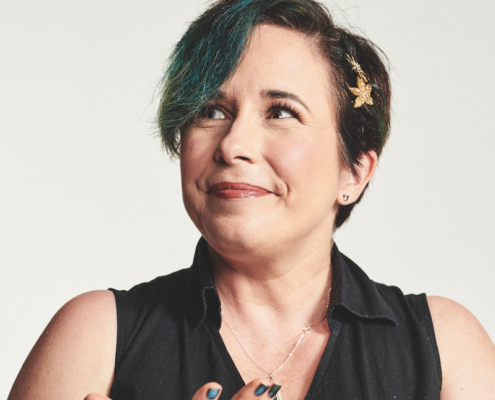‘10 Ways to Maintain a Creative Spark While Revising’ by the Angelella Editorial team
including… Emily Young ’16, Diane Telgen ’17, Denise Santomauro ’17, Jenn Bailey ’17, David Fey ’16, Jay Whistler ’17, Danielle Sunshine ’14, Kate Angelella ’17, and Amy Spalding (author of We Used to Be Friends)!
Congratulations! You’ve finished your novel. But the long journey of revision looms ahead. How can you maintain your momentum? Here’s 10 of our favorite ways to keep that creative spark alive during the revision process.
- GIVE YOURSELF PERMISSION TO PLAY
Give yourself permission to play for 5-15 minutes with a new idea. I love drafting or brainstorming a new idea by hand in a journal. I spend 15 minutes first thing in the morning writing, then the rest of the day is devoted to the work of revising. I’ve actually drafted three entire novels this way, so by the time I’ve finished my original revision, I have a new draft ready for surgery.
— Diane Telgen, VCFA WCYA 2017, author of three books in the “Spooky America” series and freelance editor with Angelella Editorial
- GET MOVING
Find time to get up and move. Go for a walk. Take a swim. Play with your dog. I often find that when I’m revising, my body starts to revolt, and this little bit of exercise can help reenergize me. In addition, I find doing something physical frees up my mind to process what I’m working on. More than once, I’ve been on a walk or gardening and the solution to that plot problem or that issue with the antagonist becomes clear.
— Denise Santomauro, VCFA WCYA 2017, educator with StoryStudio Chicago, and freelance editor with Angelella Editorial
- START DOODLING
Remember how much fun it was to color? This is very much combining both Diane’s notion of play and Denise’s idea to “get moving!” I totally agree with their recommendations. But sometimes I need to get my hand moving across paper in a way that has no direct story purpose. I draw abstracts, sketch characters (badly), plot maps, or layout room designs. I’ll doodle in ways that may or may not help me visualize the world I’ll be entering soon. It doesn’t matter what I doodle because the main point is to get myself into a place where my mind is feeling unfettered, imaginative, and yet still focused enough to be creating. Gaining that creative momentum makes the jump from paper to screen, from pencil to keyboard, much easier.
— Jenn Bailey, VCFA WCYA 2017, author of A Friend for Henry et al., and freelance editor with Angelella Editorial
- FALL IN LOVE (WITH YOUR STORY)
Revising is about falling in love with your novel a second (or third or fourth or fifth!) time. Remember how you felt when you first sat down to write this story? Time to rekindle that spark. Create a playlist for your characters, cook their favorite food, make a Pinterest board of your universe, wear an accessory that reminds you of your narrator, keep a daily journal from the POV of your protagonist—or do anything else that makes you feel more deeply immersed in your story world. One of my favorite activities, both for initial drafting and revising, is side-writing scenes. These exercises help me connect emotionally to my characters and balance out the more analytical side of revision.
— Emily Young, VCFA WCYA 2016, co-exec. editor at The Quiet Ones Literary Magazine and freelance editor with Angelella Editorial
- CELEBRATE YOUR VICTORIES
If you’re revising, I’m going to assume that means that you’ve already done something amazing and completed a first draft with a “The End” at the bottom. First thing: celebrate that. Do something nice for yourself. When your revision gets to taxing your nerves, when it overwhelms you, remind yourself that you already did something worth celebrating, and celebrate that again, and again. Develop a mindset that your revision is an extension of that celebration. For some, revision might end up being a complete rewrite, using the first draft as a sort of blueprint for the one they’re working on. If that’s you, that doesn’t mean that your original draft is less worthy of celebration. Rewriting from a blueprint is still the next step—the polishing step—where you finetune your work and prepare to show it off. This entire process is daunting, delicate, and you may want to throw your hands up and just quit and start something new if your revision isn’t coming together as you’d hoped. Those feelings are valid. So, close your eyes, take a breath, and remember: you are not alone and your work is worth celebrating. Be kind to it. Be kind to yourself. Don’t give up.
— David Fey, VCFA WCYA 2016, co-exec. editor at The Quiet Ones Literary Magazine and freelance editor with Angelella Editorial
- DRESS FOR (REVISION) SUCCESS
Ernest Hemingway once said, “Write drunk. Edit sober.” While I don’t espouse alcohol as a writing tool, I use a version of this advice, only with clothing. “Write comfy, edit professionally.” Create your version of a uniform so you are in revision mode from the moment you get dressed. But not sweats, not yoga pants, not pajamas. Pretend it’s your job and dress accordingly. When I write, I wear flannel PJ pants, a t-shirt, and a floppy cardigan. When I revise, I get ready for work. That means a shower, make-up, and business casual. And shoes. Revising is serious. Get too comfy and you risk becoming lazy. My uniform is black jeans, a nice cotton button-front shirt, my favorite ankle boots, and all my jewelry (I wear a lot). The individual pieces may change, but it’s a simple formula that doesn’t require a lot of thought. I feel ready to work, and I’m more likely to stay focused because I’m dressed for the job. Sure, I’m tricking myself into being more productive, but every little trick helps us across the finish line.
— Jay Whistler, VCFA WCYA 2017, author of The Ghostly Tales of San Antonio (Arcadia Publishing 2021) and freelance editor with Angelella Editorial
- GET INTO DREAMSTORMING
My editing colleagues have such amazing ideas. After putting into action everything they suggest, try dreamstorming. Use those moments in the early morning, just as you are waking up, to play your revision ideas in your head like a movie. You may not always know where to go with your revision and letting certain scenes unfold in your head before trying to rewrite them could save you loads of time, as you will be able to see how they are working before you actually commit them to paper. This process might also leave you more enthusiastic about sitting down to rework something you have been stuck on. Robert Olen Butler describes this process as “dreamstorming.” I think it’s genius.
— Danielle Sunshine, VCFA WCYA 2014, educator, and freelance editor with Angelella Editorial
- MAKE IT FUN
Similar to Emily’s advice: don’t skip the routine you relished while you were drafting just because you typed “The End.” Revising doesn’t have to be all spreadsheets and notecards (though that can be its own brand of fun!). Revamp your writing playlist (take out songs you put in early but no longer match the overall feel of the drafted product), set your aesthetic as your desktop wallpaper, light a candle, make sure your cup of coffee is in your favorite mug and at the usual 45-degree angle from your keyboard if that’s what you do. Something I love to do when revising is to reorder my playlist in a way that flows nicely with the book (yes, I am a nerd; I order my playlist chronologically by chapter). I also revised a Christmas-y chapter the other day . . . wearing full-on Santa PJs. We’re writers; we get to create entire worlds out of nothing but our own minds. If we can’t have fun doing that, what’s the point?
— Kate Angelella, VCFA WCYA 2017, owner and editor at Angelella Editorial
- MIX IT UP
You’re the storyteller. Don’t let the story control you. If you’re stuck on one project, explore the story from a different perspective or give yourself permission to work on another project. Too often, we get stuck and we stall. Days of not writing turn into weeks, months, or even years. The important thing is to keep writing. Who says you have to work on one thing at a time?
— Marissa Graff, VCFA WCYA 2015, freelance editor with Angelella Editorial
- LOOK TO THE FUTURE
However you can let go of what the draft was and get excited about what it WILL be…lean into it! It’s so easy to mourn whatever you have to cut or change, but instead of looking back, try to look forward to the bright and sparkly new draft you’re working toward.
— Amy Spalding, author of We Used to Be Friends and The Summer of Jordi Perez (and the Best Burger in Los Angeles)



